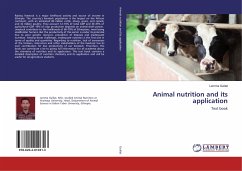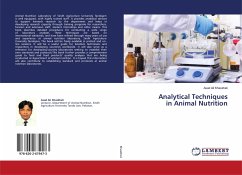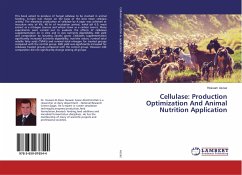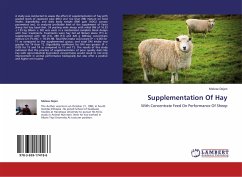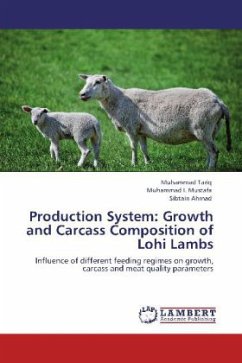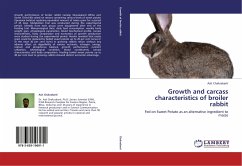Raising livestock is a major livelihood activity and source of income in Ethiopia. The country's livestock population is the largest on the African continent, with an estimated 80 million cattle, sheep, goats, and camels, and 32 million poultry. They account 12-16% of total GDP and 30-35% of agricultural GDP. 19% of crop production depends on animal draft power. Livestock contribute to the livelihoods of 60-70% of Ethiopians, most being smallholder farmers. But the productivity of this sector is under its potential due to poor genetic resource, prevalence of diseases and inadequate nutrition. Among those challenges, inadequate nutrition is the first one in terms of quality and quantities. Regarding to nutrition, lack of awareness of the farmers, instructors and other stakeholders of the livestock has its own contribution for low productivity of our livestock. Therefore, this book can contribute a lot to giving full information for all academia about the chemistry of nutrition andits application. This text book contains a detailed description of nutrition chemistry and its application and will be useful for all agriculture students.

